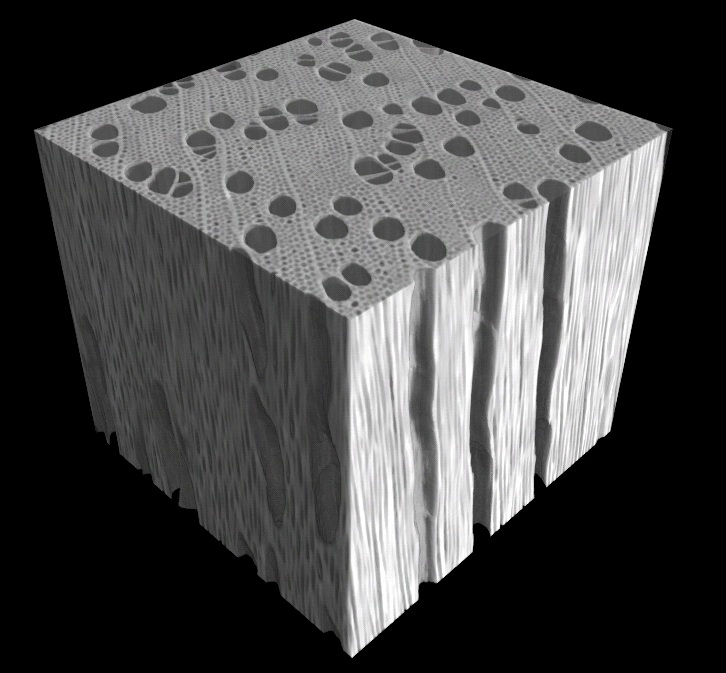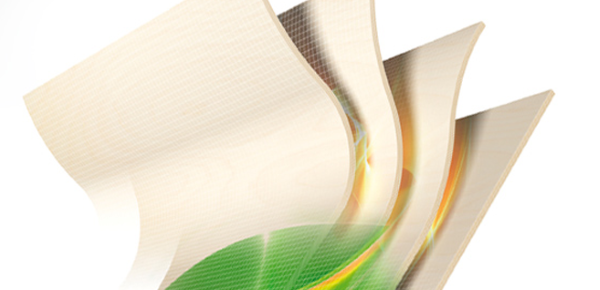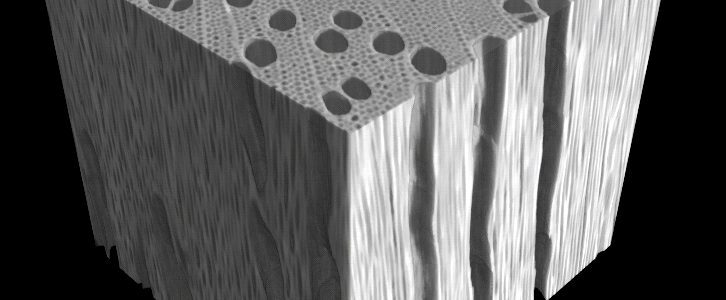The development of advanced materials and composites allowing new functionalities and improved performance is indispensable for the competitiveness of forest-based industries. The rich and complex chemical and physical composition of wood, bark (including cork) and other parts of a tree, contain the potential for a wide range of innovative properties to be developed and incorporated in future wood-based products.
 Poplar 3D (Photo by University of Ghent)
Poplar 3D (Photo by University of Ghent)
The generation of smart materials that react in an engineered way to stimuli such as electrical current, temperature fluctuations, or chemical compounds would be useful in a broad range of domains, such as wood preservation, healthcare, packaging and the media. Advanced wood-based materials with innovative self-healing properties will reduce maintenance needs significantly.

The sector is increasingly developing new wood-based advanced materials aimed at enhancing efficient product reuse, recycling and end-of-life use (cradle to cradle), paving the way to a low-carbon economy.
New materials and their functionalities will have to be characterized using suitable new methods and measuring techniques, which have yet to be developed.


